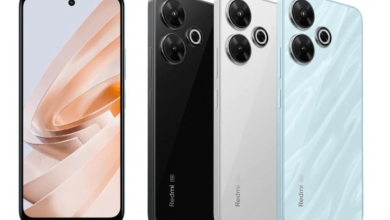Startup headed by ex-Apple engineer aims to eliminate smartphone wiring

Over 14 years at Apple, Ex-Apple executive Ruben Caballero had to include cables and cables in every iPhone design he worked on, from the first prototypes in 2005 to the iPhone 11 models that are now on store shelves. Cables and cables are still the most reliable and fault-tolerant way to transfer data.
Now, as the chief wireless technology strategist at Keyssa’s Silicon Valley startup, Mr. Caballero hopes to permanently rid users of cables from all smartphones. The company wants to end this with its chip, which is capable of transmitting data almost as fast as wiring when placing two modules next to each other. One of Keyssa’s first customers, LG Electronics have used this chip to connect the first screen to the second screen on its LG V50 smartphone.
Wireless charging has already become the norm in high-end smartphones, but wireless connections for transfer like Bluetooth and Wi-Fi remain too picky to completely abandon the cables.
Keyssa raised over $ 100 million from the investors like Intel, Samsung Electronics, Hon Hai Precision Industry (Foxconn’s parent company) and a fund led by Tony Fadell, another former Apple executive who helped create the iPod and then hired Ruben Caballero to the original iPhone development team

“Every consumer product would like to solve the problem of connectors,” Mr. Caballero said (a retired Canadian Air Force captain who left Apple earlier this year) during an interview at Keyssa’s Campbell, California headquarters. – The camera modules are connected to the main boards using thin cables. Bend them strongly enough, and they risk breaking down, creating an unforeseen antenna that will interfere with cellular communications and data transmission. ” He knows what he’s talking about – just remember the sensational story in its time with the unsuccessful antenna design in the iPhone 4.
Thanks to Keyssa chips, that camera modules can easily touch the circuit board for data transfer without cable. Chips use high frequencies that do not cause interference inside the phone or on near-by devices. “The frequency is especially good in this technology, ” said Mr. Caballero. “ It just fixes a lot of problems. ”
In addition to telephones, Keyssa is testing chips together with manufacturers of video displays and at least one manufacturer of lidar sensors, which are the basis of most autopilot cars today.

“When it comes to commercializing great technology, Ruben is a great choice, ” said Tony Fadell in an interview with Reuters. Mr. Caballero has experience managing over 1,000 wireless technology engineers at Apple in a department with a budget of $ 600 million for equipment testing alone.
Before joining the Apple company, he worked in two startups, and therefore he knows how to work at a frantic pace (as at the first time at Apple).
When in 2005, Mr. Caballero appeared at Apple, the first thing he asked was where all the testing equipment and laboratories were located.
“Tony Fadell said:“ We have nothing, but we will do it, ” the manager recalls. – It hooked me. I fell asleep under my desk. When you do something passionately, it’s unbelievable. And I feel the same atmosphere here.”

